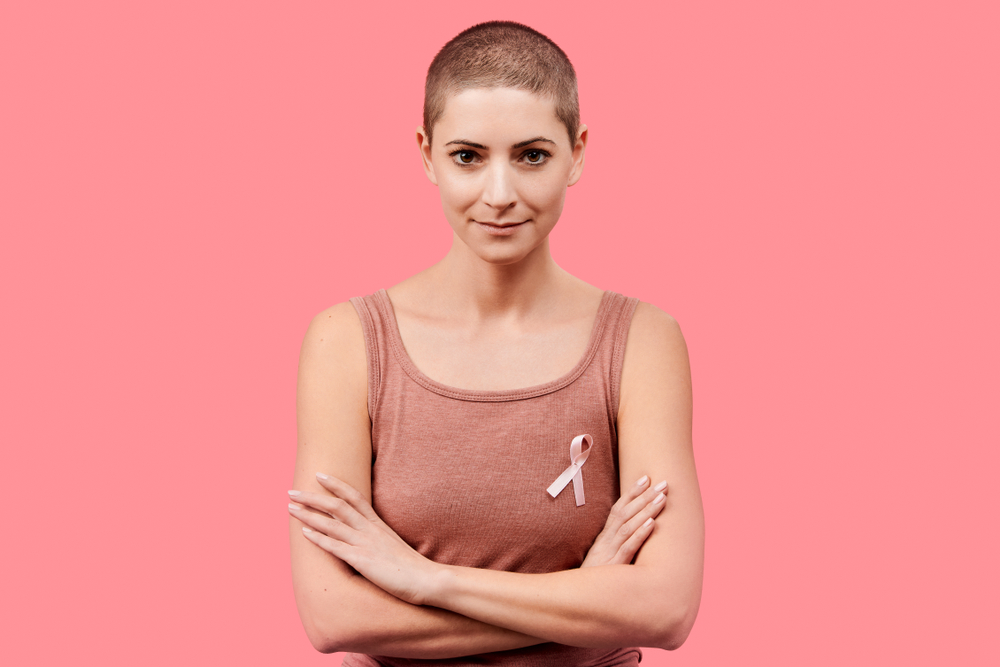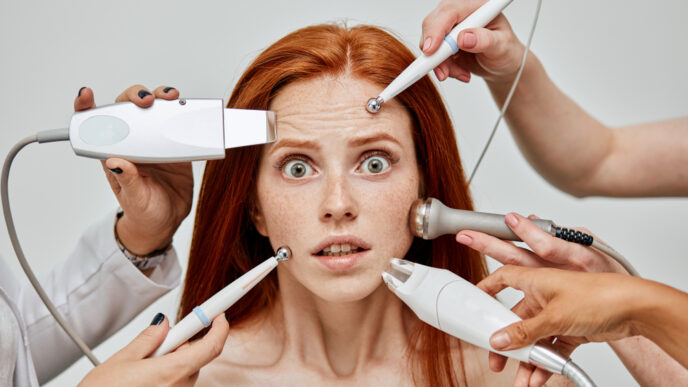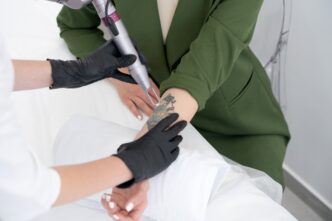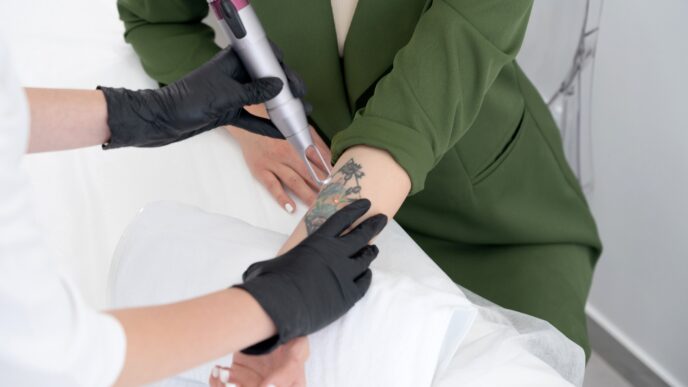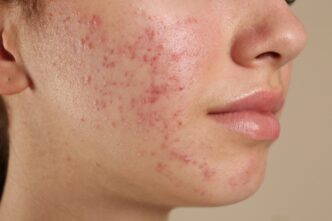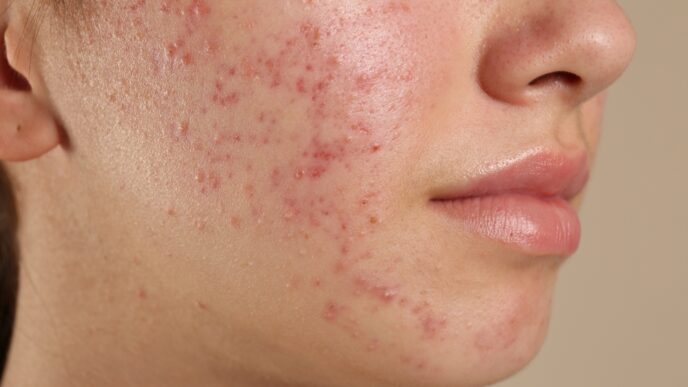Cancer survivors often strive to regain a sense of normalcy, which may include the desire to address their outward appearance. While the question of whether cancer survivors can undergo aesthetic treatments is valid, the answer is not straightforward and requires careful consideration.
WORDS DR SIEW TUCK WAH
 FEATURED EXPERT FEATURED EXPERTDR SIEW TUCK WAH Medical Director Radium Medical Aesthetics |
THE FIRST AND MOST IMPORTANT STEP
The first and most important step is to visit your oncologist and have an open conversation with them.
- Be open with your oncologist. Let your oncologist know that you are contemplating aesthetic treatments.
- Remember that every cancer case is unique, and the effects of treatment can vary widely.
- Thus, your oncologist plays a vital role in assessing your suitability and timing for undergoing elective treatments such as aesthetic treatments.
Pick the Right Doctor
- Choose an aesthetic doctor that is patient, experienced, and most importantly, ethical.
- You want the doctor to prioritize your health over everything else.
- Before deciding on an aesthetic doctor, read reviews and find out from friends about their experience with their doctors.
Get Things in Order
- Get your oncologist to write a memo to explain your cancer history, your current health status, and your treatment plan, if any.
- Hand the memo to your trusted aesthetic doctor so that they will be fully aware of your health condition.
- Such crucial information about your health status determines what treatments are suitable for you.
WHAT TREATMENTS ARE OKAY?
It is generally safe to undergo surgical treatments to improve your outward appearance such as facelift, facial fat grafting, and breast augmentation.
However, it is advisable to consider non-surgical options first as surgeries are often more traumatic and downtime is usually longer.
You wouldn’t want to subject your body to unnecessary stress on your body function, especially when your body is coping with cancer treatment!
Here are some non-surgical aesthetic treatments that are generally safe for most cancer survivors.
Microdermabrasion
- This is non-medical facial treatment that gently exfoliates dead skin cells and improve the texture and appearance of your skin.
- This is an excellent gentle treatment that help cancer survivors to get a brighter complexion, as the rate of their skin renewal tend to be slower than that of a regular person.
Laser Therapy
Lasers are extremely versatile. They can be used to lighten up stubborn dark pigmentation as well as rejuvenate the skin to improve overall skin tone and texture with very little downtime.
- Most laser treatments, such as PicoSure, Dual Yellow Laser, Fotona, and CO2 lasers target the superficial layers of the skin.
- Such laser treatments are the more convenient and less risky treatments to reverse signs of premature skin ageing, which could be exacerbated during the cancer journey.
- Ablative lasers such as CO2 lasers can also effectively reduce the appearance of scars that could arise from any surgery that you had during the recovery process.
- Laser therapies such as thulium lasers are great for stimulating hair follicles to induce hair regrowth, especially after rounds of chemotherapy or radiation that may cause hair fall.
Dermal Fillers and Botox
Hyaluronic acid dermal fillers and botulinum toxins are great if you are looking to address issues such as wrinkles or volume loss.
Although these are generally safe for use on cancer patients, it is important to first speak with your aesthetic doctor to assess your suitability for these injectable treatments.
OTHER IMPORTANT POINTS TO REMEMBER
Have Realistic Expectations
Aesthetic treatments can certainly boost your confidence and improve your overall emotional wellbeing.
However, cancer survivors must have realistic expectations. The effects of treatments may vary due to your unique circumstances.
Hence, it is essential to approach these treatments with a positive but realistic outlook.
Remember: Your Health Comes First!
Cancer survivors can indeed undergo aesthetic treatments, but it’s a decision that should be carefully considered in consultation with your oncologist and aesthetic doctor.
While some treatments are safer than others, the timing and your unique medical history are vital factors to consider.
Prioritize your health and well-being over any elective treatments so that you can resume your life journey and enjoy the company of your loved ones.
| This article is part of a series that take a scientifically proven look at aesthetics and beauty. |


